This is the third blog in our series on health insurance! If you missed the previous blogs, you can find the last one here. With the way insurance coverage is structured in the United States, there is a risk of job loss causing more than just loss of income. Today we will look at how job loss impacts your benefits, and what you should do if you find yourself out of work.
I lost my job, now what?
Here’s what you do:
Step 1: Find out when your insurance coverage ends.
Step 2: Find out what options you have available for insurance. Likely, your former employer will give you information on COBRA benefits. It is typically quite expensive, but you do have 18 months of guaranteed coverage available through this route. Plus, it’s important that you’re made aware of all your options. COBRA benefits are the same policy as your employer provided.
For options available through the marketplace, it is a good idea to work with a local health insurance broker to review your options. They will have insight into the best policies for your area and situation.
Step 3: Obtain the coverage that fits your situation. Not carrying coverage is a recipe for disaster. Sadly, over half of bankruptcies in the United States are brought on by medical expenses. A single trip to the hospital can leave you with a five or even six-figure bill. For most of us, that type of expense is catastrophic.
What can I do now to prepare for the possibility?
Even if you have health insurance, there is an out-of-pocket maximum for your policy that can be substantial. Having a maximum of $10,000 is not unheard of. So, this is where your emergency savings steps in.
Understandably, job loss is an extremely stressful event. If you have a financial buffer in place, it can help you bounce back quicker and put you in the right frame of mind to go out and find new work.
Risk Management and Job Loss
Download our Cash Flow Map and
Three-Tier Cash Reserve System

